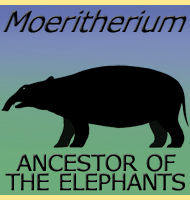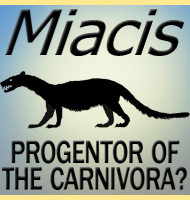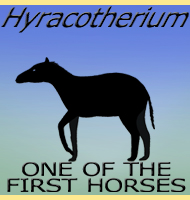


Archaeopotamus
Name:
Archaeopotamus
(Ancient of the river).
Phonetic: Ar-kay-o-pot-ah-mus.
Named By: Jean-Renaud Boisserie - 2005.
Classification: Chordata, Mammalia,
Artiodactylia, Hippopotamidae, Hippopotaminae.
Species: A. harvardi, A.
lothagamensis, A. qeshta.
Diet: Herbivore.
Size: A. harvardi estimated to be about 3
meters long.
Known locations: Fossils across Africa and the
Middle East.
Time period: Late Miocene to early Pleistocene.
Fossil representation: Partial remains of several
individuals.
Archaeopotamus
is a genus of hippopotamuses that lived in Africa and the Middle East.
Fossils of Archaeopotamus begin to appear in the
late Miocene,
making Archaeopotamus one of, perhaps even the
oldest hippopotamus
known.
Further reading
- The Taxonomy and Nomenclature
of the Hippopotamidae (Mammalia, Artiodactyla) and a Description
of Two New Fossil Species. - Proceedings of the Koninklijke
Nederlandse Akademie van Wetenschappen. Series B, Palaeontology,
geology, physics, and chemistry. 80 (2): 72–88. -
S. C. Coryndon - 1977.
- A New Species of Hippopotamus
Hexaprotodon Lothagamensis (Mammalia: Hippopotamidae) From the
Late Miocene of Kenya. - Journal of Vertebrate Paleontology. 20
(1): 177–185. - E. M. Weston - 2000.
- The
phylogeny and taxonomy of Hippopotamidae (Mammalia:
Artiodactyla): a review based on morphology and cladistic
analysis. - Zoological Journal of the Linnean Society. 143:
1–26. - Jean-Renaud Boisserie - 2005.
----------------------------------------------------------------------------
Random favourites
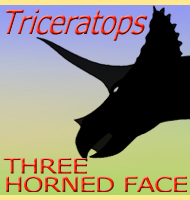 |
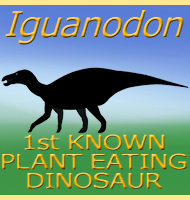 |
 |

